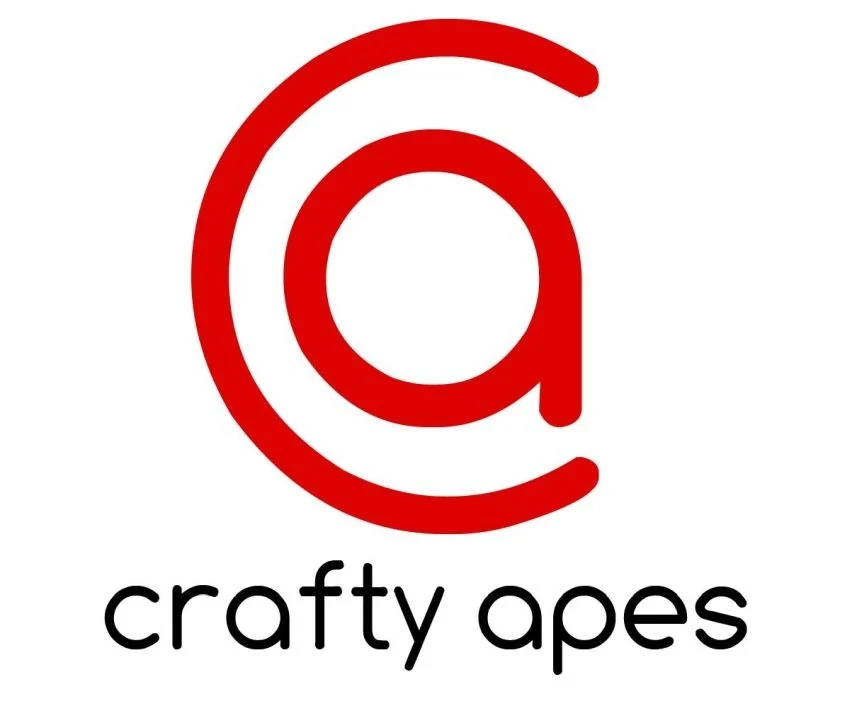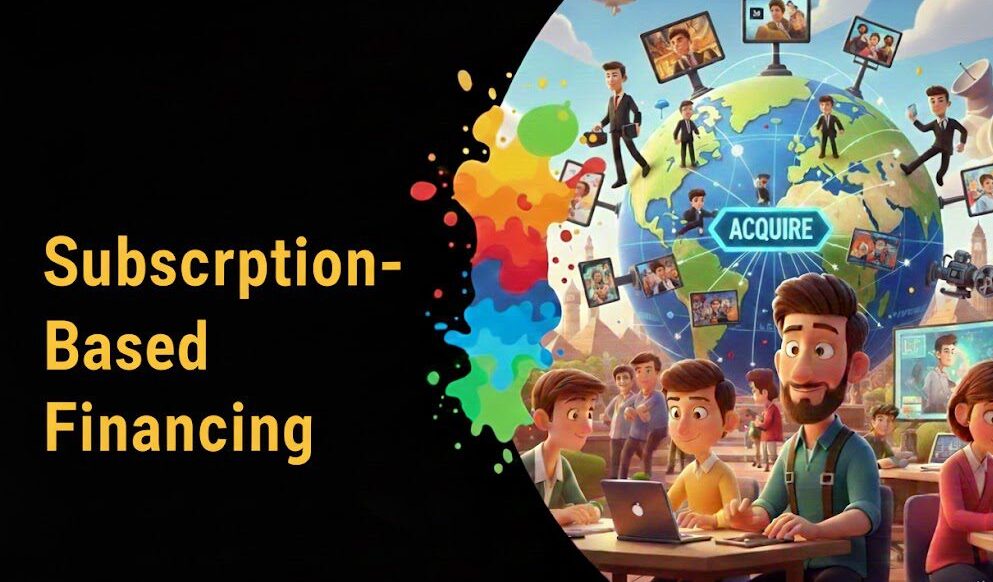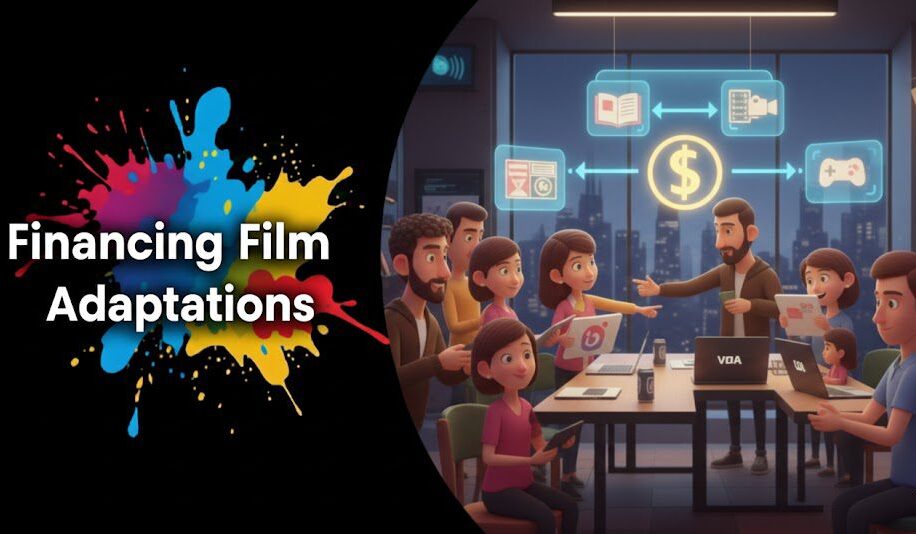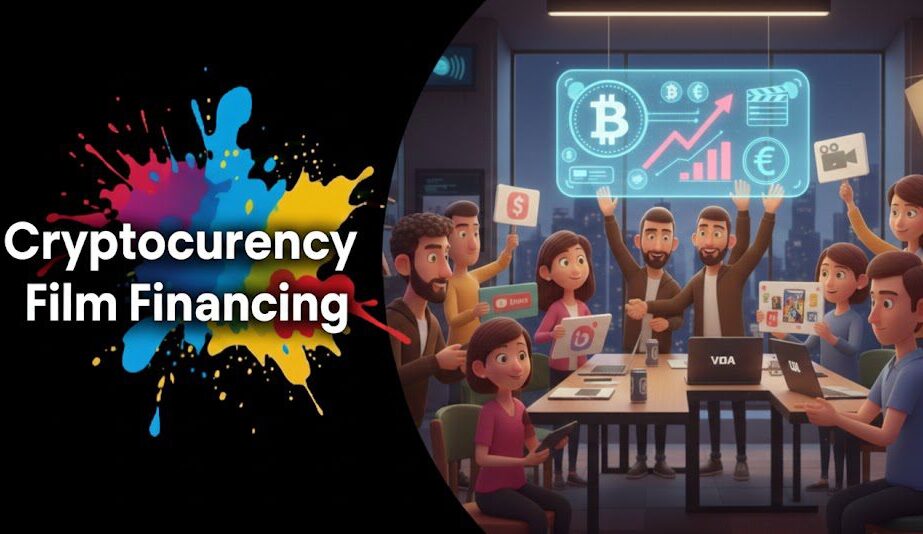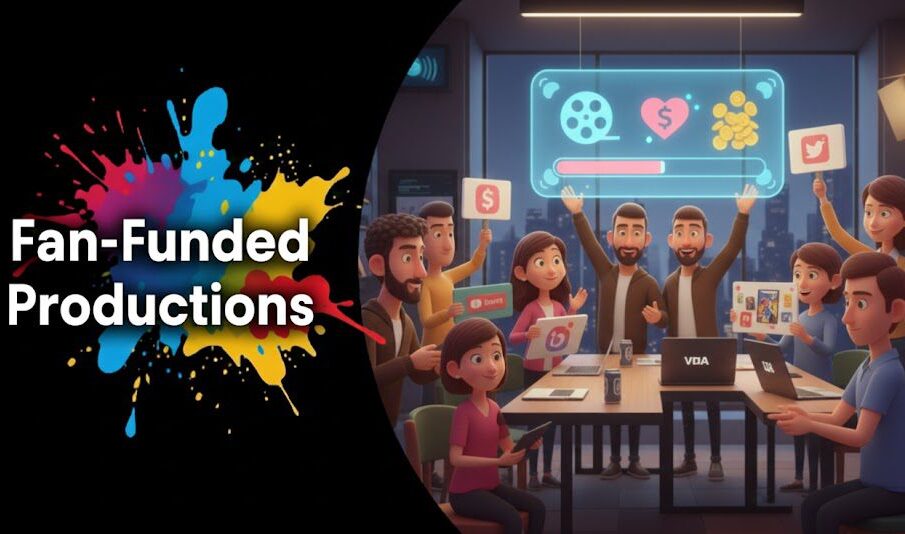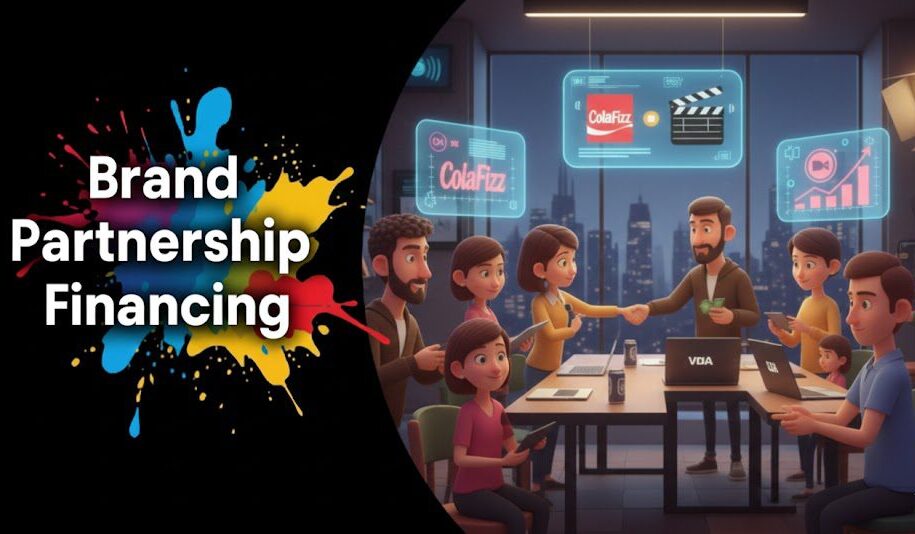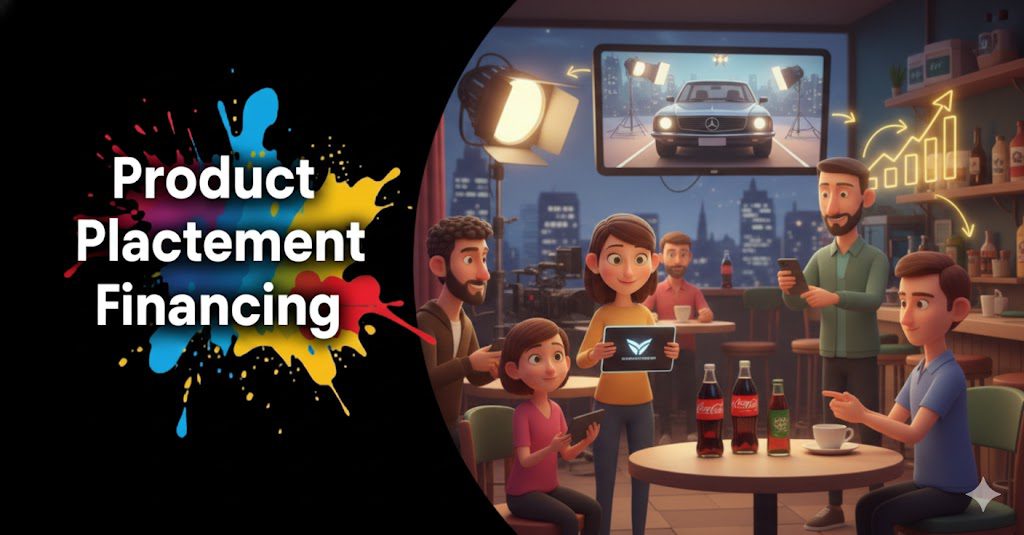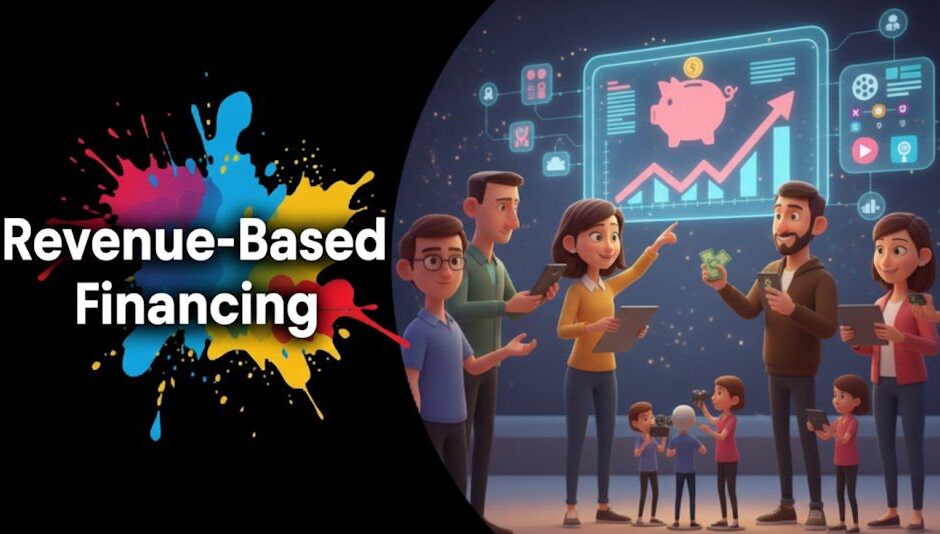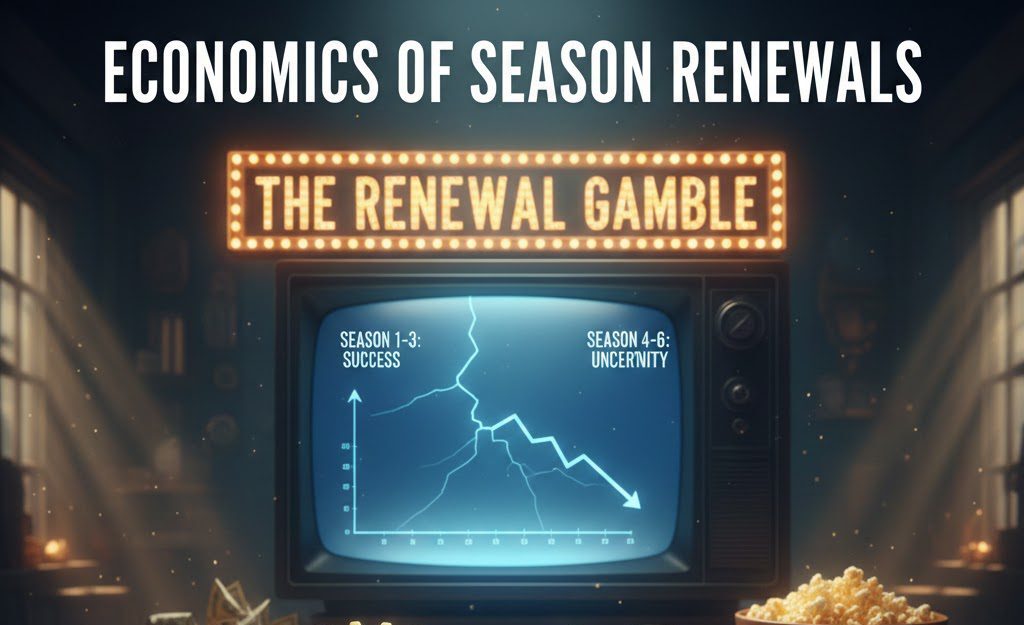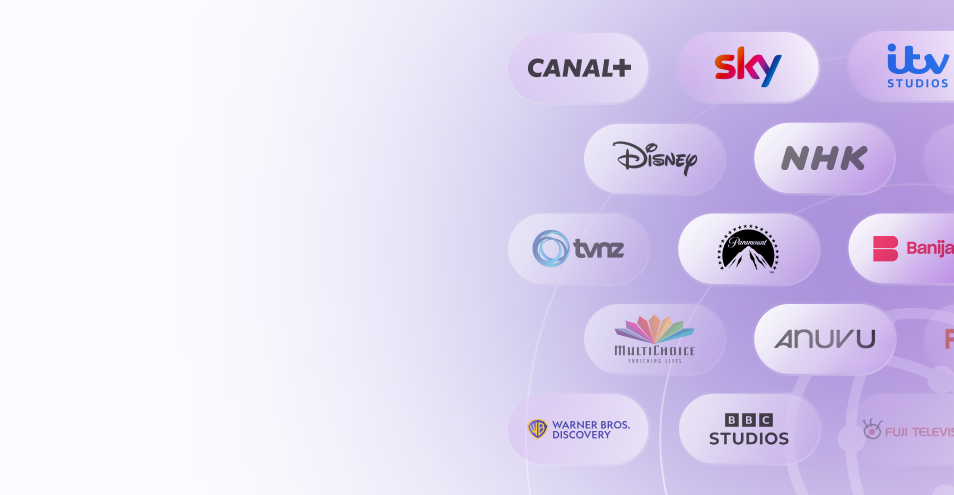Introduction
Let’s be honest. You have an incredible film or series, but getting it in front of the decision-makers at Netflix, Disney+, or Max feels impossible. It’s like standing outside a locked door without a key.
You see the streaming gold rush happening, but you can’t find a way in. This frustration is holding your content back from the global audience it deserves.
The good news?
You don’t need luck; you need a strategy. If you want to partner with streaming platforms, you need to think like they do.
It’s not just about having a great story. It’s about data, targeting, and presenting your project as the undeniable solution to their content needs. In this post, I’m going to walk you through the exact 5-step strategy I use to help producers and content sellers get their projects acquired by the world’s biggest streaming services. No fluff, just actionable steps.
Key Takeaways
| Key Takeaways: Partnering with Streaming Platforms | |
|---|---|
| Step 1: Master the Landscape | Don’t pitch blindly. Understand the difference between SVOD, AVOD, and FAST channels and what type of content each one is actively buying. |
| Step 2: Build Your Pitch Package | Go beyond a script. Assemble a professional, data-backed pitch package that includes a pitch deck, budget, and audience profile. |
| Step 3: Find the Right Buyers | Stop wasting time with generic submissions. Identify the specific acquisition executives and commissioners who are looking for your exact genre and budget level. |
| Step 4: Nail the Pitch | Learn how to get a warm introduction and craft a pitch that immediately grabs attention and proves your project’s value. |
| Step 5: Understand the Deal | Know the key terms of a licensing agreement so you can negotiate effectively and protect your interests. |
Is your pitch hitting the right inbox?

Step 1: Master the Streaming Landscape (Before You Pitch)
Pitching your passion project without understanding the market is like trying to sell a winter coat in the desert. It just won’t work. Before you even think about writing an email, you need to know who you’re talking to and what they desperately need.
Know the Players: SVOD vs. AVOD vs. FAST
Not all streaming platforms are created equal. They have different business models, which means they buy different types of content.
- SVOD (Subscription Video on Demand): Think Netflix, Disney+, Max. They need high-quality, exclusive “event” content that makes subscribers feel their monthly fee is worth it. They often pay top dollar for the right project.
- AVOD (Advertising-Based Video on Demand): Think Tubi, Roku Channel, Freevee. They need a large volume of content to keep viewers engaged between ads. They are often more receptive to independent films, library content, and genre pictures with a built-in audience.
- FAST (Free Ad-Supported Streaming TV): Think Pluto TV or Xumo. These are linear-style channels. They need content that can fit into a programming block, like procedural dramas, sitcoms, or documentaries on a specific theme.
Your first job is to decide which of these buckets your content fits into. Don’t waste time pitching your niche documentary to a platform that only buys blockbuster action movies.
Step 2: Build an Irresistible Pitch Package
When you finally get a meeting, you have one shot to make an impression. A great idea isn’t enough. You need to present a complete, professional package that screams “low risk, high reward” to an executive.
It’s More Than a Script: Your Essential Checklist
A professional pitch package shows you’ve done your homework and are a serious partner. Make sure you have these assets ready to go:
- A Killer Logline: One compelling sentence that hooks them in.
- A Polished Script or Series Bible: The core creative product must be flawless.
- A Professional Pitch Deck: This is your visual business plan. It should include concept, world, characters, key art, and data on your target audience.
- A Top-Sheet Budget: Shows you understand the financial scope of your project.
- Key Creatives Attached: A director, showrunner, or lead actor can significantly de-risk the project for a buyer.
Step 3: Find the Right Content Buyers (This is the Secret)
This is where 99% of producers fail. They have a great project but no idea who to send it to. The “submissions@…” email address is a black hole. You need to find the specific person whose job it is to buy content like yours.
Stop Guessing, Start Targeting
Every major streaming platform has teams of people, often called “Acquisition Executives” or “Commissioners,” who are responsible for specific genres, regions, or content types (e.g., “Director of Independent Film, North America” or “Manager, Unscripted Originals, UK”).
Pitching your horror film to the executive in charge of kids’ animation is a waste of everyone’s time and makes you look unprofessional. You need to find the right name, title, and platform.
So, how do you do that?
You can spend months searching on LinkedIn, or you can use a professional content buyer discovery platform that gives you direct access to this information. The goal is to build a targeted list of 5-10 ideal buyers, not to spray and pray to 100.
Ready to close your next distribution deal?

Step 4: Nail the Pitch and Follow-Up
Once you have your target list, how do you approach them? A “warm introduction” from a mutual contact (like an agent, manager, or entertainment lawyer) is always best. But if you don’t have one, a carefully crafted “cold” email can work if it’s done right.
The Art of the Follow-Up
Your email should be short, professional, and personalized. Reference a recent acquisition they made that is similar to your project. Attach your logline and pitch deck, and ask for a 15-minute call.
If you don’t hear back, don’t panic. Executives are busy. A polite follow-up a week later is perfectly acceptable. A third follow-up a week after that is your limit. If you hear nothing, move on to the next name on your target list.
Step 5: Understand the Basics of the Deal
Congratulations! A buyer is interested. Now comes the negotiation. While you should always have a lawyer review any contract, you need to understand the basic terms to have an intelligent conversation.
Key Terms You Need to Know
Here are the core components of most streaming licensing deals. Understanding them will help you evaluate an offer.
| Term | What It Means for You |
|---|---|
| License Fee | The amount the platform will pay you for the right to show your content. Is it enough to cover your costs and deliver a return? |
| Term | How long the platform has the rights. Typically 1-5 years. A shorter term means you can re-sell the rights sooner. |
| Territory | The geographic regions where they can show your content (e.g., “Worldwide,” “North America,” “Europe”). Can you sell other territories to other buyers? |
| Exclusivity | Are you giving them exclusive rights? An exclusive deal means a higher license fee, but you can’t sell it to anyone else during the term. |
You can get a better sense of market rates and deal structures by seeing what deals have been made for similar projects. Using a project tracker can provide invaluable intelligence before you even get to the negotiating table.
How Vitrina Gives You an Unfair Advantage
Navigating this entire process alone is incredibly difficult. That’s why we built Vitrina.
Vitrina is a global M&E marketplace and data platform designed to solve this exact problem. Our platform provides you with a verified, up-to-date database of thousands of content buyers and acquisition executives from over 600 streaming platforms and distributors.
You can filter by genre, territory, and content type to instantly find the right person to pitch your project to, taking the guesswork out of the most critical step.
Conclusion
Getting your project onto a major streaming service is no longer about who you know or getting lucky. It’s a science. By understanding the landscape, building a professional package, finding the right buyers with targeted data, and knowing the basics of a deal, you shift the power back into your hands.
You’ve already done the hard work of creating something amazing. Now it’s time to apply this strategy so the world can see it. Stop waiting for the door to open and start building your own key.
What’s the first strategy you’re going to try? Let me know in the comments.
Take Control of Your Content’s Future
Stop pitching into the void. It’s time to connect your great content with the right global buyers. Sign up for Vitrina and get immediate access to the decision-makers, market intelligence, and project-tracking data you need to close your next deal.
Unlock the marketplace at and find a home for your project today.
Frequently Asked Questions
An agent, manager, or entertainment lawyer is highly recommended. They have established relationships and can get your project seen faster. Many major platforms like Netflix will not accept unsolicited pitches without this representation. However, by targeting specific executives at AVOD or regional platforms, it’s possible to make direct contact.
It varies wildly. A blockbuster film for a major SVOD could command millions. An independent film licensed to an AVOD service might range from a few thousand to over a hundred thousand dollars. The price depends on the platform, genre, territory, exclusivity, and any star power attached.
Trends change fast. However, evergreen needs include procedural dramas, true crime documentaries, romance, and high-concept sci-fi/fantasy. The best strategy is to use data to see what specific platforms are actively buying rather than chasing a general trend.
It depends on your strategy. Pitching exclusively to your dream platform first can build a strong relationship. However, if you’re looking for competitive offers, you can inform multiple, non-competing platforms (e.g., one SVOD, one AVOD) that you are shopping the project. Be transparent about it.



